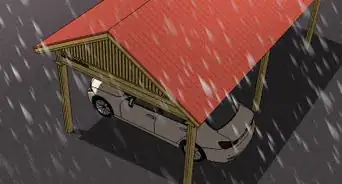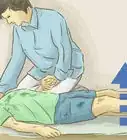This article was co-authored by wikiHow Staff. Our trained team of editors and researchers validate articles for accuracy and comprehensiveness. wikiHow's Content Management Team carefully monitors the work from our editorial staff to ensure that each article is backed by trusted research and meets our high quality standards.
There are 14 references cited in this article, which can be found at the bottom of the page.
wikiHow marks an article as reader-approved once it receives enough positive feedback. This article has 25 testimonials from our readers, earning it our reader-approved status.
This article has been viewed 438,565 times.
Learn more...
It is often said that tornadoes are nature's most violent storms, and for good reason. Not only do tornadoes carry winds up to 300 mph (480 km/h)--winds that can level buildings and carry cars through the air 80 feet (24.4 m) (25 m) or more--they are also often accompanied by lightning, heavy rains (and flash floods), and hail. When a tornado strikes, your every choice can mean the difference between life and death.
Steps
Surviving in a Building
-
1Move immediately to an underground shelter, whenever possible. At the first sign of a tornado, or if a tornado warning has been issued, stop whatever you're doing and seek appropriate shelter immediately, even if you don't see a tornado. A warning, as opposed to a watch, means an actual tornado has been sighted or indicated by radar.
- An underground tornado shelter or a specially designed tornado safe room is the safest place to be during a tornado. Some homes, businesses, and schools in areas prone to tornadoes have these shelters.
- If a tornado shelter is not available, go to the basement of a building. Stay away from windows, and cover yourself with a mattress, cushions, or sleeping bags. If possible, get under a heavy table, which can protect you from falling debris.
-
2Stay in a windowless room on the lowest level, if you can't go underground. In a building with no basement, avoid windows and go to the lowest floor. Alternatively, seek shelter in a small room that is located near the center of the house, under a stairwell, or in an interior hallway with no windows. Regardless of where you are, crouch low to the ground or lie down, face down and cover your head with your hands and arms. Take cover under a strong table if possible, and cover yourself with a mattress, cushions, or blankets.
- Bathrooms can be particularly effective because they are fortified by pipes and you can lie in a bathtub.
- Stay out of elevators, as you could be trapped in them if power is lost. Instead, use the stairs to descend to the lowest floor.
Advertisement -
3Know where not to seek shelter. Not all hiding spots are created equally. The following locations should be your absolute last resort during a tornado, as they all have the potential to be severely damaged by high winds:[1]
- Mobile homes
- Tall buildings
- Open rooms with lots of windows
- Buildings with flat, wide roofs (cafeterias, gyms, etc.)
-
4Remain in your shelter until the danger of tornadoes has passed. If possible, listen for advisories from the National Weather Service (in the U.S.) and Environment Canada on a NOAA weather radio or on local radio or TV. Keep in mind that multiple tornadoes often form in an area, and it may not be safe to leave shelter even after one tornado has passed.[2]
- Even if the last tornado has passed, you should still use common sense. If the surrounding area looks dangerous, it may be safer to remain in your shelter.
-
5Exit your shelter carefully. Exercise caution moving around in a tornado stricken area. After a tornado strikes, you are likely to encounter hazards such as flooding, falling debris, collapsing buildings, and blocked roads. Be alert and proceed with caution, as there may be sharp objects scattered about the ground.[3]
- Avoid fallen power lines and puddles with wires in them, and avoid using matches or lighters in case of natural gas or fuel tank leaks.
- Do not enter damaged buildings under any circumstances, as they may be prone to collapse.
Surviving Out in the Open
-
1Know the warning signs of potential tornadoes. Being able to quickly determine your risk is one of the key steps to finding shelter and surviving. Unfortunately, there are few proven ways to stay safe in the open if caught in a tornado, and the number one advice is to find shelter as soon as you see these warning signs. Most tornadoes are accompanied by thunderstorms, hail, and, of course, high winds, but there are other things to look out for as well:[4]
- Dark, green-tinted clouds
- Loud roaring noises, like airplanes taking off
- "Wall clouds," where the base of a thunderhead seems to lower
- Funnels or rotating clouds
- Debris and dust "walls."
-
2Drive, if possible, to the nearest shelter. If you hear the warning and it is still safe to drive, get to the closest building you can find. Keep your seat belt on and get off the open road as soon as you can. Turn on your high beams and move immediately to some sort of structure, preferably with a basement. You are almost always better off in a building than in your car.
- If you can see the tornado and/or flying debris makes driving dangerous, stay put.
- If your car is pelted with debris while driving, this is your cue to pull over.
- Never try to out-drive a tornado in an urban environment; get to any building as shelter instead.
-
3Stay in your car if there is absolutely no other structure nearby. Fasten your seat-belt and duck down below the window line. Take your coat, a blanket, a pillow, etc. and put it over your head and back, and hold your hands over your head to protect your skull.[5]
- Stay put until you can safely drive to shelter.
- Be on the lookout for multiple tornadoes. Again, there may be multiple tornadoes after the first one has passed.
-
4Find a low spot relative to your current position, if caught totally in the open. If there is a low ditch nearby, and you have no other options, hop in. Lay face down and cover the back of your head with your hands.[6]
- If you can, cover your whole body with a blanket or similar covering to prevent scratches from debris.
-
5Stay away from overpasses, bridges, or areas with potential for lots of debris. Falling and spinning debris is the cause of most tornado fatalities. While being caught in the open is not ideal, try to hunker down in a spot without the potential for lots of structural damage or fast moving debris.[7]
- If torn between an overpass or an open area, choose the open space and try to get as low as possible.
-
6Move perpendicular to the tornado's direction, if you're caught on open water. Waterspouts, tornadoes that form over water, pose a special problem. While they are generally weaker and slower than tornadoes on land, it's not possible to seek shelter on the open water. If waterspouts have been sighted in the area, get out of the water, if possible. If you're in the water when a waterspout hits, experts recommend trying to avoid it by sailing at right angles to its path, not straight away from it.
- If a waterspout is about to hit the boat, it's probably best to dive overboard, as you then have a better chance of avoiding injury from flying debris.
- If you are on land and a waterspout is very close to shore, you are not necessarily safe. While they rarely come on land, they can. Treat them like any other tornado and get to cover in case they come on land.
Preparing for a Tornado
-
1Pay attention to tornado watches and warnings. A tornado watch means that there is a threat of tornadoes within your area and that you should keep an eye on the news. A tornado warning is much more serious. Tornado warnings mean that a sign of rotation has been detected and that you should take immediate action depending on the tornado's location and its predicted track.[8]
- Whenever you see a tornado watch, keep the news and radio on for further news.
- Whenever you see a tornado warning, get to cover immediately.
-
2Craft an emergency plan in your house. Make a plan for where to go during a tornado. Have this plan in place and practiced before you need it. Everyone you live with should know exactly which room of the house to go to in the event of a tornado. Make sure that this room is stocked with all necessary provisions.
- Note the places in each room where you should seek cover if you cannot escape, like under tables or cabinets.
- Are there any places where you would be trapped or in extra danger, such as upstairs rooms? Are there ways to make them safe, such as stashing a cheap rope ladder?
- Do you have first aid kits, crowbars, fire extinguishers or other special equipment around the house that people should know how to find?[9]
-
3Put together a tornado emergency kit. Stash the kit in your safe room. This should contain all the basics for survival in the worst-case scenario, and can be used as a general emergency kit for most natural disasters.
-
First-Aid
- Gauze, antibiotic wipes, pain relievers, bandages, broad-spectrum antibiotic, necessary prescriptions, adhesive tape, diarrhea medicine, bar of soap
-
Food and Water
- 1 gallon (4 liters) for each person in house, canned goods, cracker packs, and other non-perishables
-
General
- Scissors, writing materials, flashlights, battery-operated radio, extra batteries, pocket knife, plastic bags, needle and thread[10]
-
First-Aid
-
4Learn how to turn off the gas in your house. Major disasters can crack gas pipes and lead to incredibly dangerous leaks. If you smell gas, you need to be able to immediately switch off the utilities to protect you and your house from flammable gasses. Call your gas provider if you have any questions.
-
5Clean your lawn of potentially dangerous debris. Keeping your lawn clean is about more than looks. Dead branches, decorations, and lawn chairs will be whipped at hundreds of miles an hour in the event of a tornado, which can turn into a serious hazard. To keep your property safe during a tornado, take the following precautions:[11]
- Cut away dead or damaged tree branches that could be ripped off in high winds.
- Tie down or secure lawn furniture. If you are unable to, consider moving heavier pieces indoors, but only if you have time.
- Keep your lawn free of anything that could turn into a weapon when picked up by a tornado, such as glass gazing balls.
-
6Consider building a tornado shelter. This is very wise if you live in a high-risk area. If tornadoes are a regular part of your local weather, buying or building a shelter is well-worth the cost. The Federal Emergency Management Agency (FEMA) has produced a guide to building a shelter yourself as well.
Community Q&A
-
QuestionHow do you know when a tornado is coming?
 Community AnswerYou will see odd things happening with clouds.They appear to be combining together to make a tornado. Next, you will see the clouds start landing right to the ground, in a funnel formation. If these two conditions are met, then you know a tornado is coming. If you see a tornado touching down, get shelter immediately.
Community AnswerYou will see odd things happening with clouds.They appear to be combining together to make a tornado. Next, you will see the clouds start landing right to the ground, in a funnel formation. If these two conditions are met, then you know a tornado is coming. If you see a tornado touching down, get shelter immediately. -
QuestionHow do you find your pet in a tornado?
 Community AnswerPut an ID tag on your pet's neck and have it micro-chipped as well. This will allow anyone who might find your pet for any reason it might get lost, that you're the person to return the pet to. In preparation for your safety before a tornado, call your pet early if you can't find it and make it a priority to keep looking regularly until you find it. As soon as you do, place it in its carry cage and keep it there, with some food and a blanket or towel. If it needs the bathroom, either provide a litter tray in an enclosed area or on a leash, so that you can return it to the cage immediately after. As soon as you get any inkling a tornado is coming, prepare to evacuate pets along with yourself well ahead of time.
Community AnswerPut an ID tag on your pet's neck and have it micro-chipped as well. This will allow anyone who might find your pet for any reason it might get lost, that you're the person to return the pet to. In preparation for your safety before a tornado, call your pet early if you can't find it and make it a priority to keep looking regularly until you find it. As soon as you do, place it in its carry cage and keep it there, with some food and a blanket or towel. If it needs the bathroom, either provide a litter tray in an enclosed area or on a leash, so that you can return it to the cage immediately after. As soon as you get any inkling a tornado is coming, prepare to evacuate pets along with yourself well ahead of time. -
QuestionHow does a tornado form?
 Community AnswerMost tornadoes form during thunderstorms. You need warm moist air from the Gulf Of Mexico and cool dry air from Canada. When they meet they create instability in the atmosphere.
Community AnswerMost tornadoes form during thunderstorms. You need warm moist air from the Gulf Of Mexico and cool dry air from Canada. When they meet they create instability in the atmosphere.
Warnings
- Another tornado can form after the other and there may be a second tornado behind the other.⧼thumbs_response⧽
- Do not assume that going to the northeastern section of the house will be the safest spot. This is a common misconception most people make when sheltering from a tornado.⧼thumbs_response⧽
- Do not shelter under a tree or climb into a car, caravan or tractor. These are easily sucked up by tornadoes.⧼thumbs_response⧽
- Mobile homes, even if tied-down, are unsafe during tornadoes. Get out of mobile homes immediately and seek appropriate shelter.⧼thumbs_response⧽
- Since tornadoes are sometimes accompanied by heavy rains, use caution when taking shelter in low-lying areas, especially in ditches along roadways. While these areas offer some protection from flying debris, they pose a serious risk of flash-flooding.⧼thumbs_response⧽
- Don't seek shelter under bridges or overpasses. It's a common misconception that these structures are safe, but research suggests that they are in fact extremely dangerous, as they can act as wind tunnels, actually strengthening the tornado's high winds.⧼thumbs_response⧽
Things You'll Need
- Flashlight
- Batteries
- Battery-powered radio
- Self-powered radio
- Self-powered flashlight
- Glowsticks (Candles may ignite gas)
- Clean clothes
- First-aid kit
- 5–10 gallons (18.9–37.9 L) of water
- Non-perishable foods
- Cell phone
- Helmets
References
- ↑ https://www.osha.gov/dts/weather/tornado/preparedness.html
- ↑ https://www.ready.gov/tornadoes
- ↑ http://www.redcross.org/get-help/prepare-for-emergencies/types-of-emergencies/tornado#/Respond-During
- ↑ http://www.redcross.org/get-help/prepare-for-emergencies/types-of-emergencies/tornado#/Prepare
- ↑ http://emergency.cdc.gov/disasters/tornadoes/prepared.asp
- ↑ http://viewer.zmags.com/publication/8120d9b9#/8120d9b9/4
- ↑ https://www.ready.gov/tornadoes
- ↑ http://www.redcross.org/get-help/prepare-for-emergencies/types-of-emergencies/tornado#/Prepare
- ↑ http://emergency.cdc.gov/disasters/tornadoes/prepared.asp
About This Article
To survive a tornado, immediately move to an underground shelter or basement. If you don't have access to an underground shelter or basement, try to move as far away from nearby windows as possible, and get under a heavy table to protect yourself from falling debris. If you're outside when a tornado hits, get inside the nearest building or stay in your car if there's no shelter nearby. If you have nowhere to go, lie face down in the lowest spot you can find. To learn how to prepare for a tornado, scroll down.
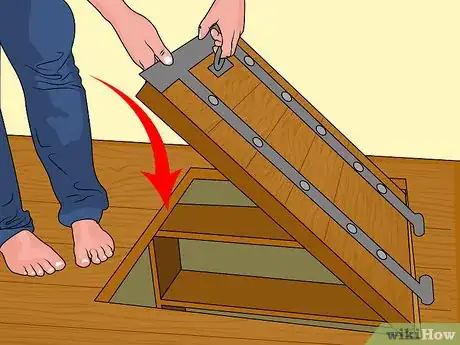
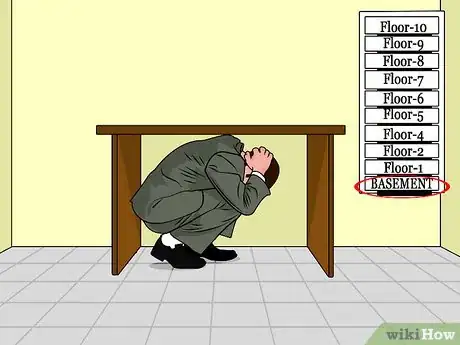

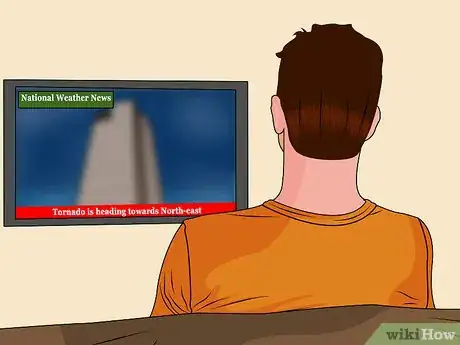
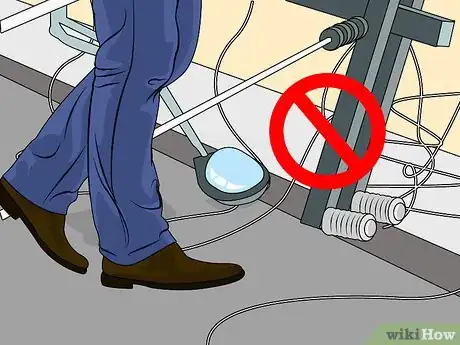

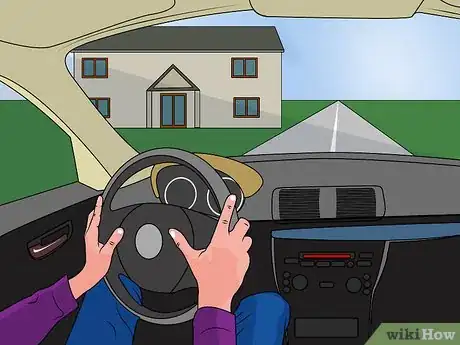


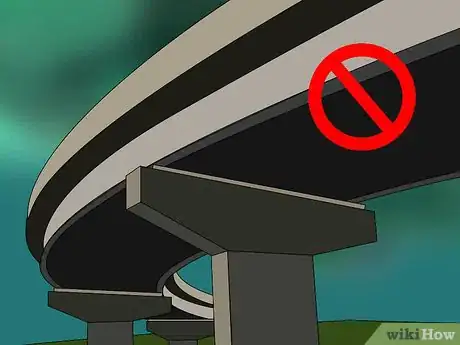
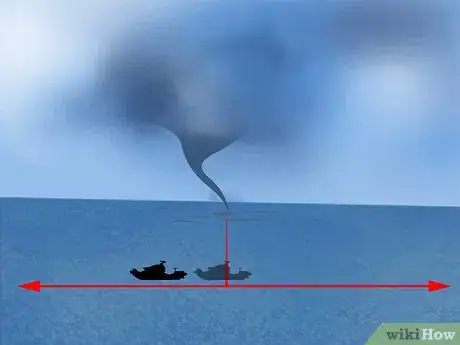


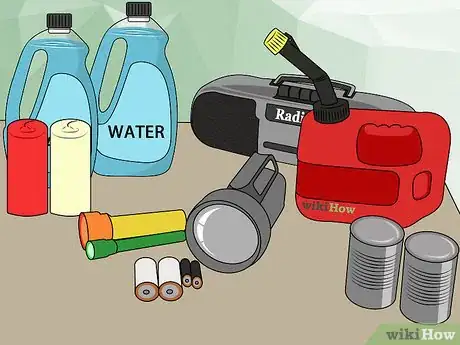
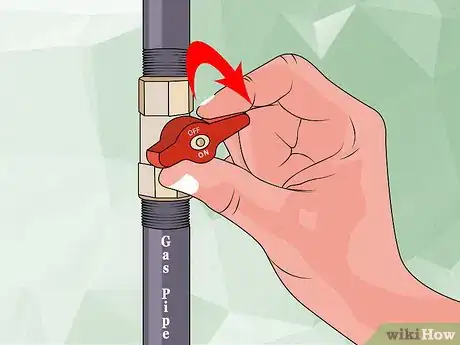
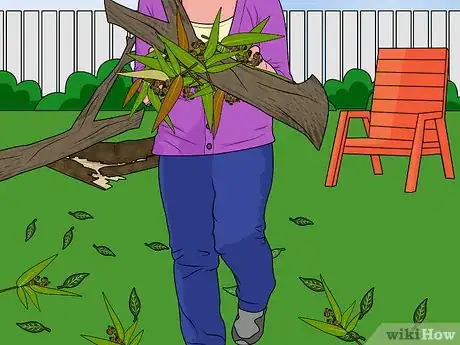
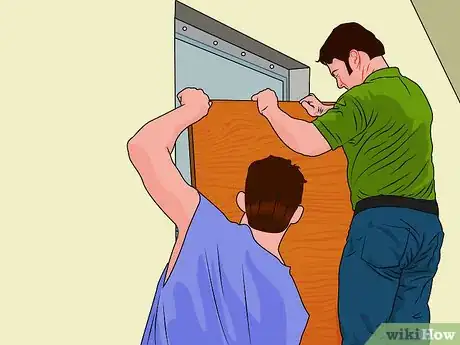
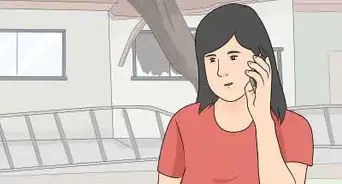

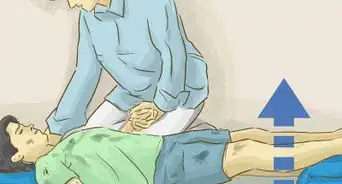

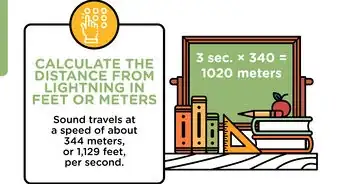
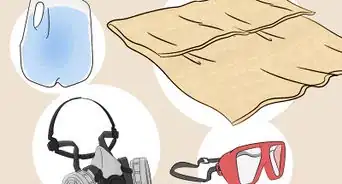
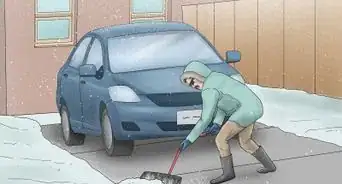

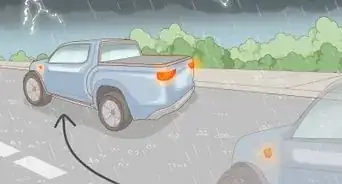
-Step-13.webp)
